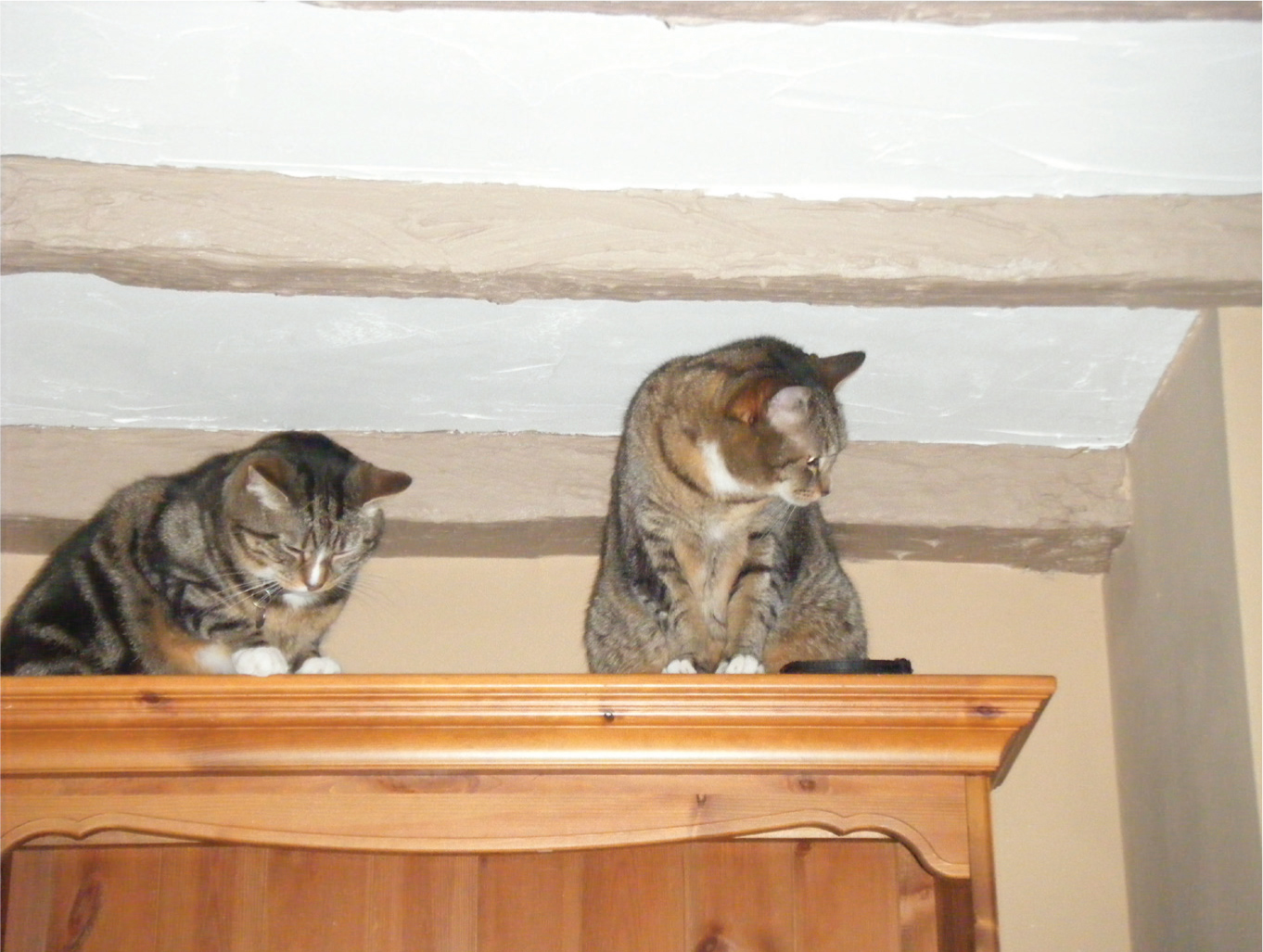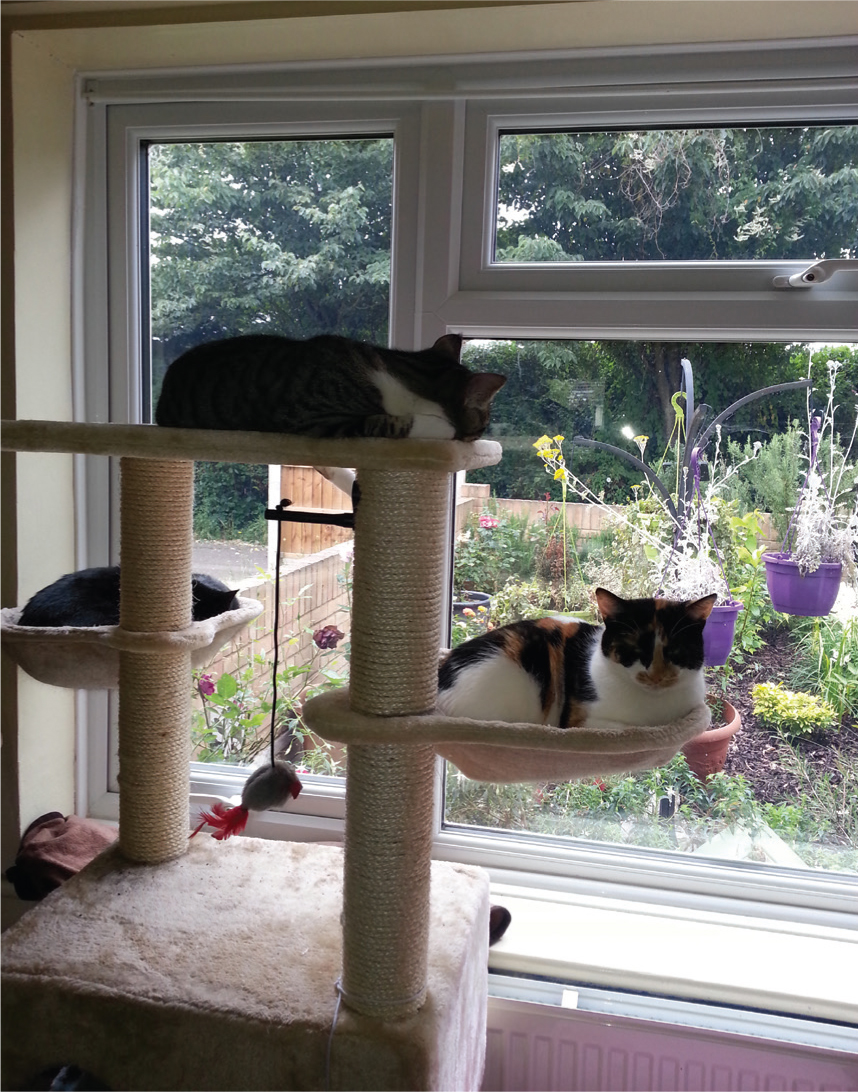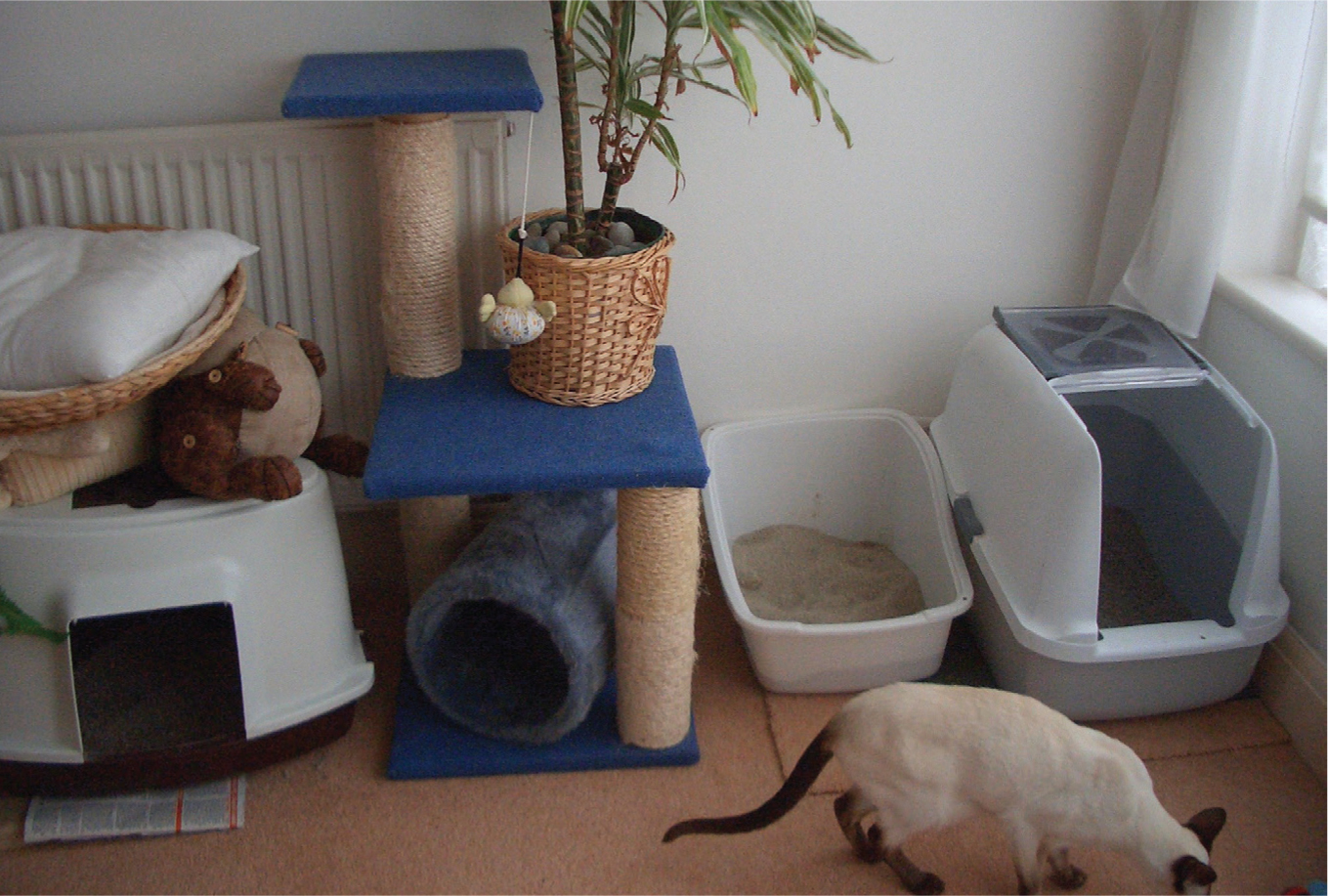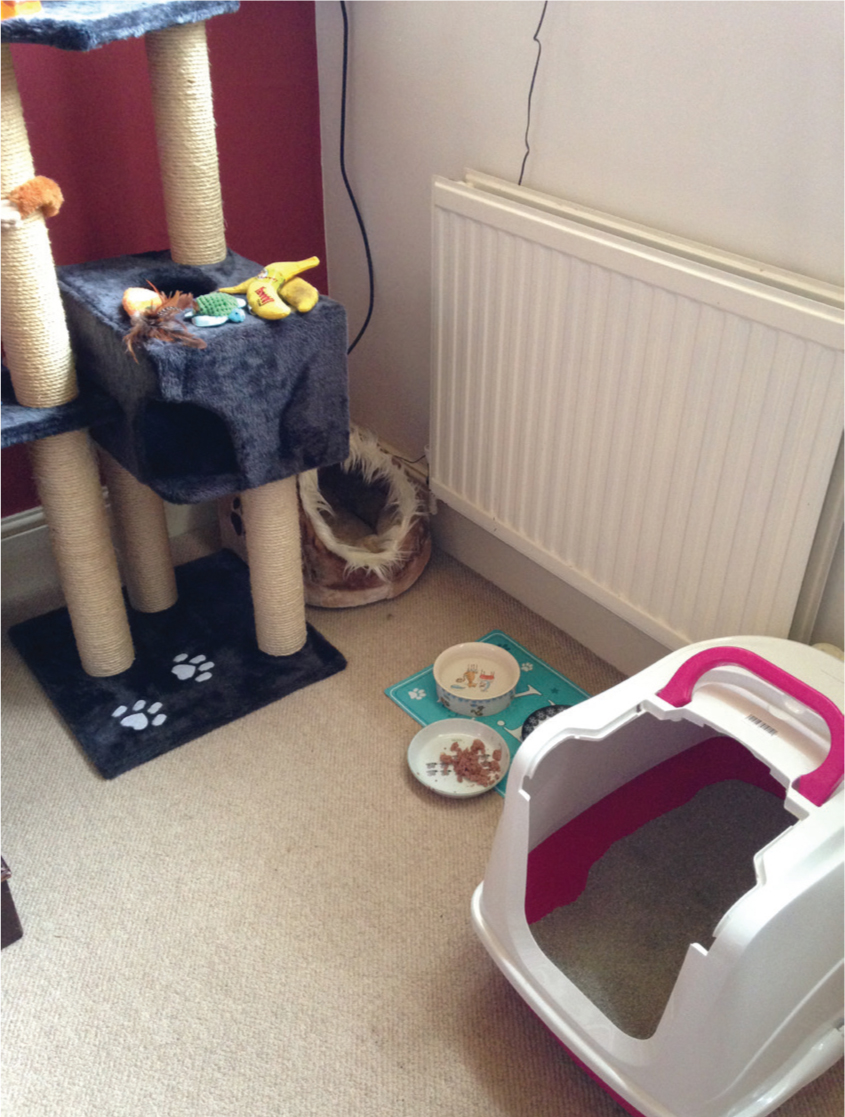In part one of this article extensive history taking, identification of stressors and differentiation between underlying motivations were discussed (Halls and Heath, 2015). Where research is lacking, the recommendations within this article reflect the accumulated experience of the co-authors.
Once a history has been taken and a diagnosis made, the next step in addressing house soiling problems is to give advice based on the diagnostic investigation and history taking, to assist owners in removing or reducing the impact of the stressors that have been identified. This is a process that takes time and experience. In some cases it may be appropriate to refer directly to a suitably qualified behaviourist with a particular interest in cats. This decision will depend on numerous factors, including:
If first opinion advice is given, based on the diagnostic process outlined in part one of this article (Halls and Heath, 2015), then it is important to encourage feedback weekly so that progress can be monitored and further advice can be given or the client referred to a behaviourist within an agreed timescale.
The most important aim of any treatment intervention for house soiling is to identify and remove (or reduce) the stressors impacting on the cat's behaviour. These stressors may be present in the physical or social environment (Halls and Heath, 2015). In addition, the physical environment should be optimised by ensuring that the five pillars of the cat's environmental needs are met (Ellis et al, 2013) (Box 1).
Dealing with stressors
Potential causes of stress can be sub-divided into categories relating to the physical and social environment and the husbandry and management of the feline household. Within each of these categories there will be many potential stressors and the significance of each one for the individual cat will have been established through the extensive history taking discussed in part one of this article (Halls and Heath, 2015). Treatment of house soiling problems involves ensuring that these stressors are not an issue in the cat's environment and modification of the physical and sometimes the social environment will be necessary as part of the approach.
Stressors in the physical environment
The physical environment includes the property where the cat is housed and the outside environment. Even if a cat is confined indoors it may have exposure (visual, auditory or olfactory) to external challenges. In addition novel and threatening odours from outside can be brought into the house via shoes, clothing and shopping bags and it is therefore impossible to protect the house-bound cat entirely from the outside world. As a result of its territorial nature, factors outside of the control of the owner, such as the cat population in the area and the geography of the surrounding terrain, all have the potential to cause stress. Within the property any factors, such as layout, which can make it difficult for a cat to access important or vital resources, need to be considered and rectified if possible. Cats may feel vulnerable due to a lack, real or perceived, of opportunities to escape or hide from perceived threat. This can be exacerbated by the social environment, for example in multi-cat households, and therefore treatment must always address both physical and social factors.
Cats often use high perches when they feel threatened to enable them to observe things from a safe distance without fear of being physically confronted. Provision of suitable elevated observational platforms, which can take the form of the tops of bookcases (Figure 1a) and kitchen cupboards or be delivered in the form of a purpose built cat tower (Figure 1b), will increase the cat's ability to control its own stress


Patio doors and glass walls, popular in modern extensions, create high ambient light conditions and may prevent the cat from being hidden (or camouflaged) from any threat that may be present outside. The distinction between safe and dangerous, when the external environment can be viewed without obstruction, appears to blur boundaries for some sensitive cats, leading to problems such as urine marking indoors.
A cat flap may be a positive addition to the home if it enables a cat to have control over entry and exit. This gives it the opportunity to patrol in a routine pattern at set times to reduce the risk of encounters with other cats inhabiting the same territory. However a cat flap can also represent a breach in the defences of the cat's core area and blur the distinction between safe and unsafe sectors of its territory.
In multi-cat households the provision of enough resource stations to allow every cat the opportunity to have free and immediate access to resources at all times is essential (Bowen and Heath, 2005). In cases of unacceptable elimination, access to litter trays and where they are placed is of particular importance. In multi-cat households it is possible for access to be blocked by other cats (Neilson, 2004) especially if the thoroughfares within the house are narrow. Positioning of litter trays next to one another can be particularly stressful if more than one cat has the need to use the facilities at the same time (Figure 2) and such juxta-positioning can be detrimental with other resources as well. Placing food bowls, water bowls and beds (Figure 3) in close proximity to one another should be avoided.


Some properties, such as one-bedroom or studio flats, have an area that can be viewed in its entirety from one location. This would make it extremely difficult for a cat to find private places of safety, without fear of being disturbed.
Removal from the physical environment, either permanently or temporarily, represents a change in territory, for example a property move (representing a new territory for the cat) or a period of time in a boarding cattery or the veterinary hospital. Changes to the physical environment can also be challenging such as decoration, building work or new floor coverings.
Inadequate or absent resources is a common source of potential stress. The value of each resource will differ according to the needs and circumstances of the individual.
Consider the outdoor environment
There are some stressors that are particularly relevant to the external physical environment. This is an aspect of the cat's lifestyle about which the owner has little or no knowledge so establishing stressors outside the immediate home can be challenging. Stressors to explore include:
Stressors in the social environment
The social environment is sub-divided into stressors associated with other cats and those associated with humans or other species. Intra-species stressors include:
The significance of owners as potential stressors is often overlooked as the majority of cat–human relationships are positive for both parties. However, there are some situations (despite positive intentions on the part of the owner) that can be highly distressing for the cat. Considerations for inter-species stressors include:
Husbandry and management
The lifestyle imposed on the cat through the owner's husbandry and general management style can have a profound impact, including:
Aims of treatment
In the case of the marking cat the aims of treatment are to remove the cause of the unnecessary marking and to re-establish the home as a part of the cat's safe and secure core territory (See Box 2), while for the cat with unacceptable elimination the aims are to re-establish appropriate associations with locations and substrates. In both cases dealing with identified stressors is a crucial part of the treatment process. See section above on Dealing with Stressors.
Treatment of marking
Step-by-step plan
Treatment for elimination related to primary environmental or social factors
Treatment of elimination-related house soiling problems involves three key areas: dealing with potential disease, addressing litter facilities and emotional motivations.
Step-by-step plan
*Optimum litter facilities should be installed in addition to any trays that are already provided and a diary of elimination habits recorded to establish the cat's preference. Trays can then be removed accordingly, if appropriate. Attention should not be drawn to the new facilities to encourage the cat's freedom of choice.
Rehoming
As the cat is a territorial species its wellbeing is closely linked with its social and physical environment, irrespective of the love and care that the owner bestows. In some cases it may be established that the environment does not meet the fundamental needs of the individual and that keeping the cat in that home would seriously compromise its emotional and physical wellbeing. In cases such as this it is helpful to sensitively counsel the owner to this effect and encourage them to consider rehoming to a more suitable environment for the individual, such as a home as a single cat or one where access outdoors can be obtained. Owners often feel a complicated mix of emotions in this situation, including guilt, abandonment and failure. It is important to reassure them that these feelings, although painful and real for them, are not appropriate and that it is an act of great courage and selfless-love to decide to do what is best for the cat. If the rehoming process is handled by an animal charity, it is essential to ensure that all the medical and behavioural background is disclosed and that the team are aware of the cat's specific requirements.
Owner-elected euthanasia
There may be occasions when the owner is so distressed by the problem (viewed as unresolvable) and therefore requests euthanasia on those grounds. Once again sensitive counselling is required as these clients are undoubtedly at the ‘end of their tether’ and feel that this is the only way out of a difficult situation. It would be helpful to ensure they understand that there is a solution to this problem and that, if they do not feel able to work through it with a programme of recommended changes, the cat can be rehomed safely in the knowledge that no further house soiling will occur if the new environment meets the cat's needs.
Conclusion
Treatment of house soiling cases is time consuming. Diagnostic investigation and exhaustive history taking is required to correctly identify and reduce or remove relevant stressors. Resource distribution within the household, for example litter trays, feeding areas, beds, high perches, hiding places and scratching posts, should also be optimised. When these cases are tackled in practice it is important to get feedback, after advice is implemented, to ensure that those cats not responding favourably to the changes are swiftly referred to a suitably qualified behaviourist.

